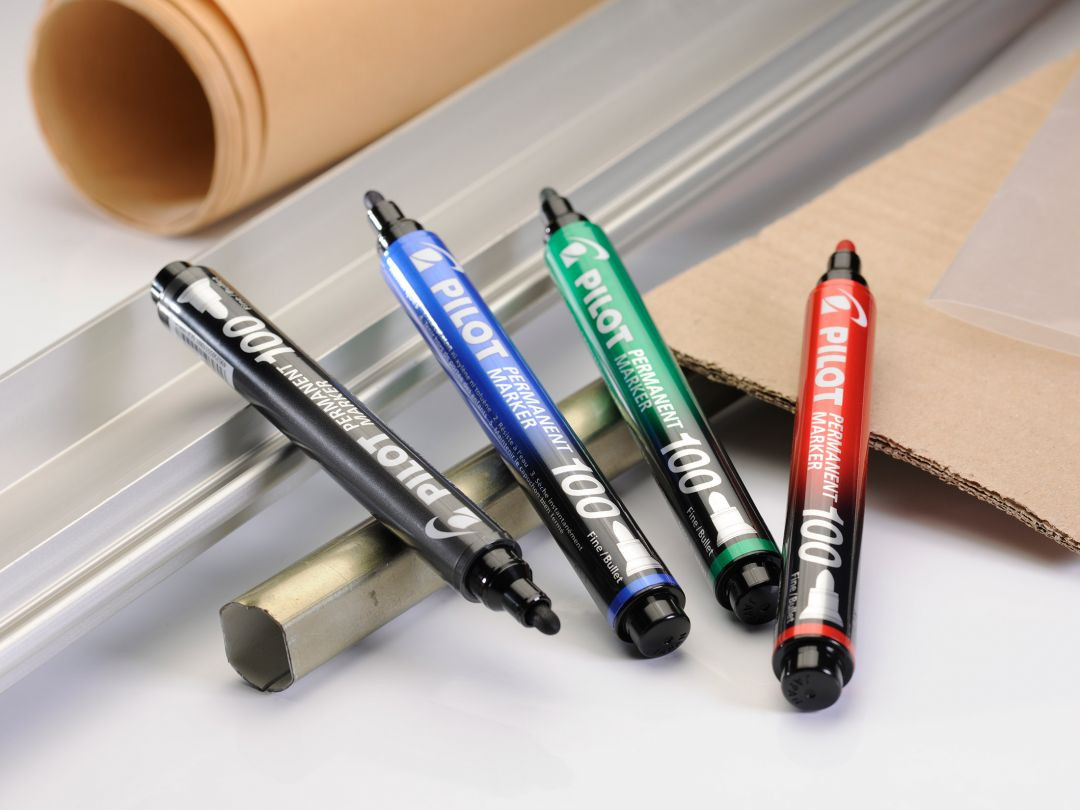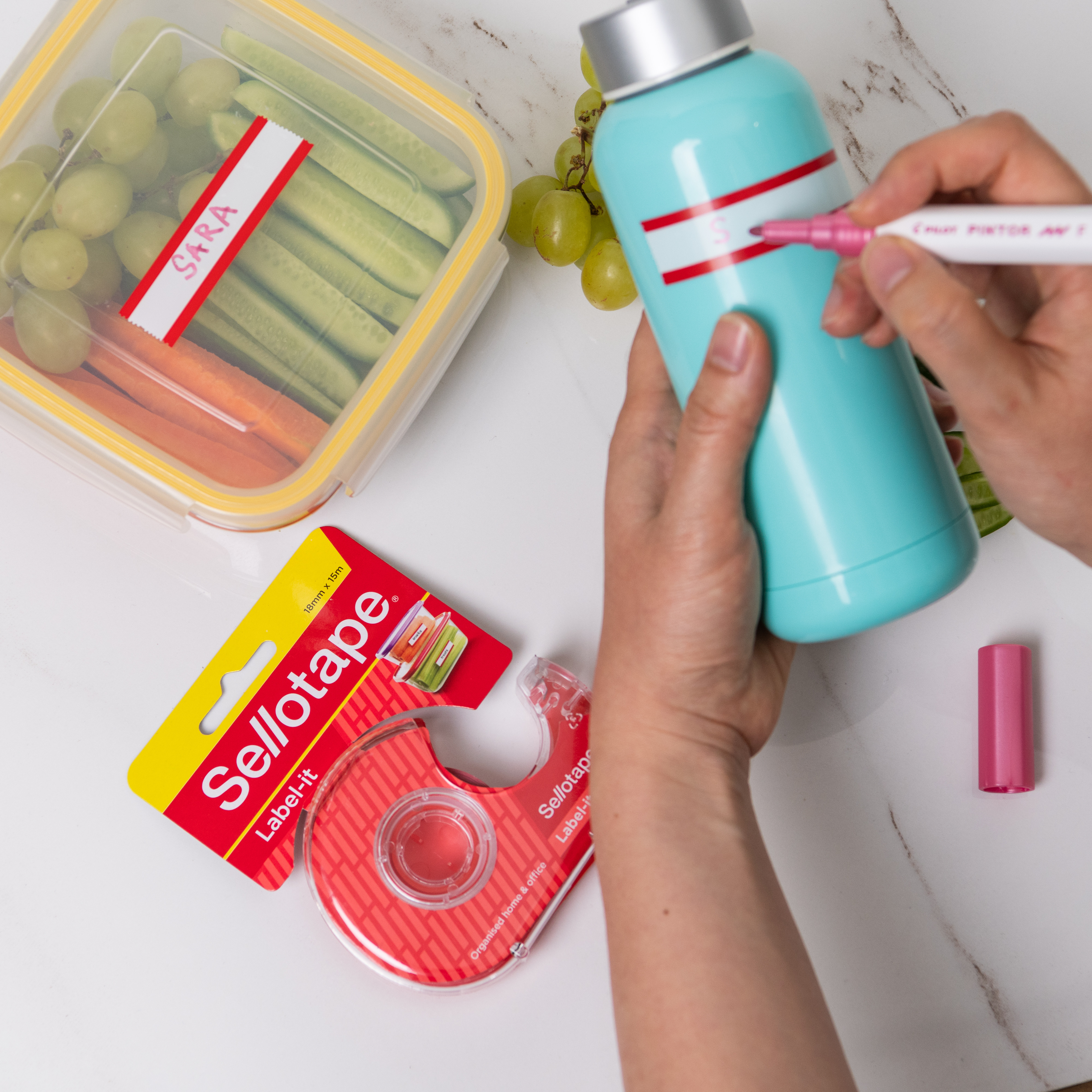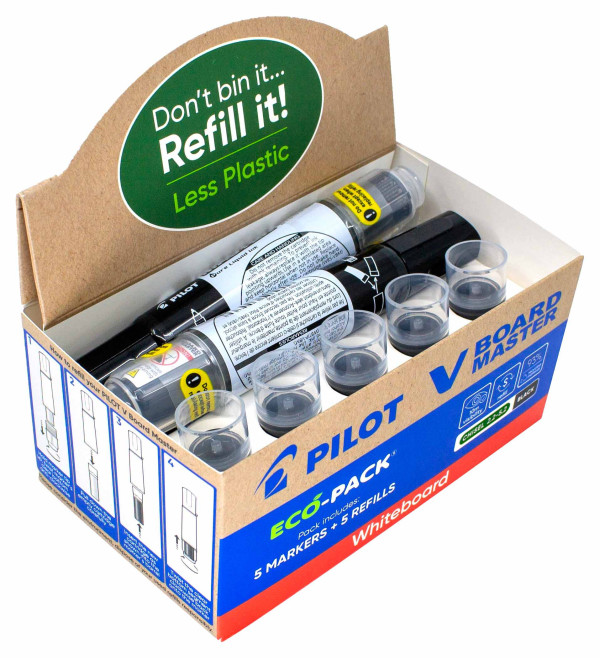Labelling can even save you from yet another trip to the clothing store. But which method of labelling works best? Each method suits different needs, and you’re bound to find the perfect solution for your labelling needs.
Here are several ways to label clothing for daycare and school, and how to decide which is best for your situation.
Key Takeaways
There are various methods to label your children’s clothing that can help prevent loss or a mix-up at the daycare or in school. Laundry markers are great for everyday clothing, while sewn-on labels are great for more expensive items.
For best results, prepare the item or clothing for labelling. Clean and dry clothing first, and then follow the instructions of your labelling method carefully. Appropriate heat for iron-on labels, and tight stitches for sew-on labels, for example.
Different methods require different equipment. Labelling pens, labelling tape and even your old sewing machine can all come in handy. Combining two or more methods can also help to safeguard your child’s clothing.
What to Consider When Labelling Clothes
There are several points to consider as you choose your labelling method. The first is durability. Whatever labelling technique you use, it has to be able to withstand the daily wear and tear that clothing goes through.
Your chosen method will also need to be wash-resistant, to prevent labelling becoming a weekly chore.
Consider also the ease and accessibility of your chosen labelling method. Ideally, you don’t want to spend hours labelling just a few bits of clothing, especially when the kids outgrow them so quickly.
Two final key points to remember are material compatibility and readability. Not all labelling methods work on all material types, and labels should remain readable, or it defeats the whole point.
With these criteria in mind, let’s look at the different labelling methods we can try out as parents.
Labelling Methods & Their Pros/Cons
Permanent Markers
Permanent markers are incredibly handy to have around the home. They can apply to many different situations, and labelling clothing is certainly one of them. Using a good permanent marker, you can label clothing effectively.
However, permanent markers can be prone to blurring and fading after several washes and are best used for identification marks that can help to tell clothing apart. If you want to label the clothing with your child’s name, a laundry marker is an even better solution.

Laundry Markers
Using something like the PILOT Laundry-Tec fabric marker can prevent many of the typical problems with the average permanent marker. Its fine point is perfect for writing legibly on clothing labels, adding an additional layer of identification to your clothing.
When used in conjunction with identifying marks from permanent markers, you can safeguard your child’s clothing for daycare and school alike.

Iron-On Labels
Iron-on labels are a more expensive option for labelling clothing and are a good fit for more expensive clothing items. The concept is simple, find a reseller and provide your child’s name and other info. This is then printed onto a label which you can iron onto the clothing.
While ironing takes a little extra effort, the durable labels can make it worthwhile. However, there is a chance that they peel off over time, so it’s best to follow the instructions carefully to ensure long-lasting labels.
This method is great for kids in high school who are past their growth spurts, as they’re unlikely to outgrow their clothing quickly. It’s best for school uniforms but can be quite visible and unsightly on white shirts if not applied carefully, so a laundry marker could be a better option for those.
Stick-On Labels & Labeling Tape
Stick-on labels or labelling tape offer a quick and affordable solution, though they may not be as durable on clothing. The good news is you can write on it with any old pen.
We recommend Sellotape labelling tape for this, given that it’s super-sticky and will stay in place for a good while. This method is well-suited to personal items such as lunchboxes, school bags, or school projects.

Sewing Labels
Sewing labels on can take a bit more time and can be more expensive, but can be fun if sewing is an existing hobby. That said, there are easier, quicker solutions above for general clothing that can save you time and money.
However, for the most expensive clothing like blazers or other hand-me-downs, this method is perfect. You’ll likely need to have these labels professionally printed or stamped (depending on the label type you choose), so that’s something to keep in mind.
Overall, this is the most durable and time-consuming method on this list, so use it at your discretion.
Step-by-Step Guide: How to Label Clothes Effectively
Once you have your chosen method in mind, labelling clothes is straightforward. Here’s a simple step guide to follow.
Prepare the item: Clean and dry the clothing before you apply the label.
Apply The Label Correctly: If you’re using a permanent marker, write on the care tag and perhaps on the seam of a sleeve or something else as an additional identifier.
For Label Tape, apply firmly to a dry surface and give it some time before writing the name.
For Iron-ons, closely follow the provided instructions.
For sewing labels, use tight stitches to ensure long-lasting durability.Test the Label: Once applied, was the item at least once and then recheck the label to ensure it remains in place and legible. Check back in one week of wear and washing to ensure it’s still in place.
You’re all done here.
Following these simple steps can help to ensure that your labels remain in place and safeguard your kids’ clothing against mix-ups or even theft.
Labelling Can be Simple and Fun
Labelling clothing can be simple and fun when armed with the right information. Decide on your favourite methods and consider setting aside a day to label clothes. You could even make it a fun activity with the kids.
Finally, ensure you have the right equipment in place for your fun day. If you’d prefer to simplify things, a laundry marker (for clothing) and labelling tape (for items) can offer all the labelling tools you need for an affordable price.
 FAQs
FAQs
Can I use a regular marker to label clothes?
Regular markers can be used, but they are quick to fade and blur, potentially rendering the label unreadable. It’s best to use a specialised marker like the Laundry Tec Fabric Marker.
How do I label dark-coloured clothes?
The best way is to write on the care label, but if you want to double up on labelling methods, a stick-on or iron-on label can give you a lighter base to write on.
Are stick-on labels waterproof?
Most are water-resistant, but they can peel off over time with multiple washes. That’s why using a permanent laundry marker on the care tag is a great failsafe.
What’s the best way to label socks?
The best way is to write the name underneath the sole and inside of the cuff. You could also put a stick-on marker on the top of the foot so that it remains out of sight and doesn’t take too much wear, making it last a bit longer.
About Author
Stephanie Janolo
At Pilot Pen Australia, she bridges the gap between digital and timeless writing instruments. Beyond the realm of pixels and algorithms, her inspiration strikes in the form of art, museums and lyrical narratives of Taylor Swift.






